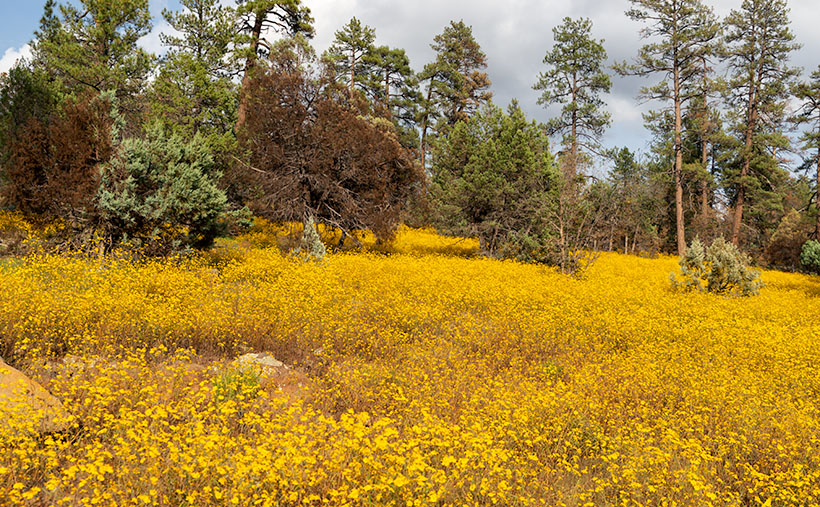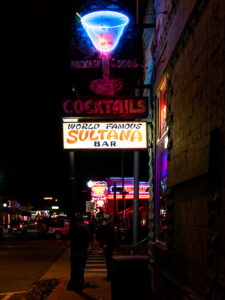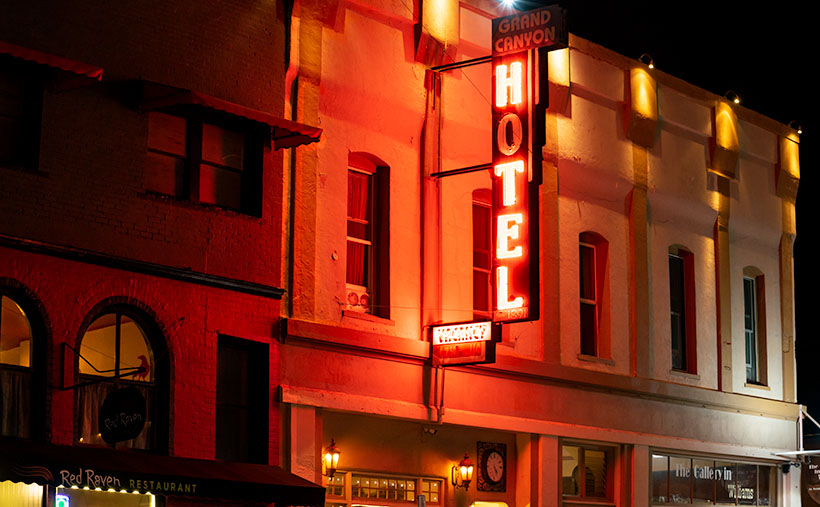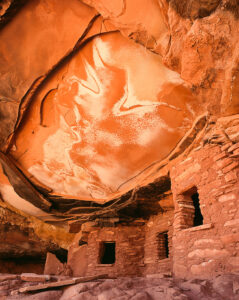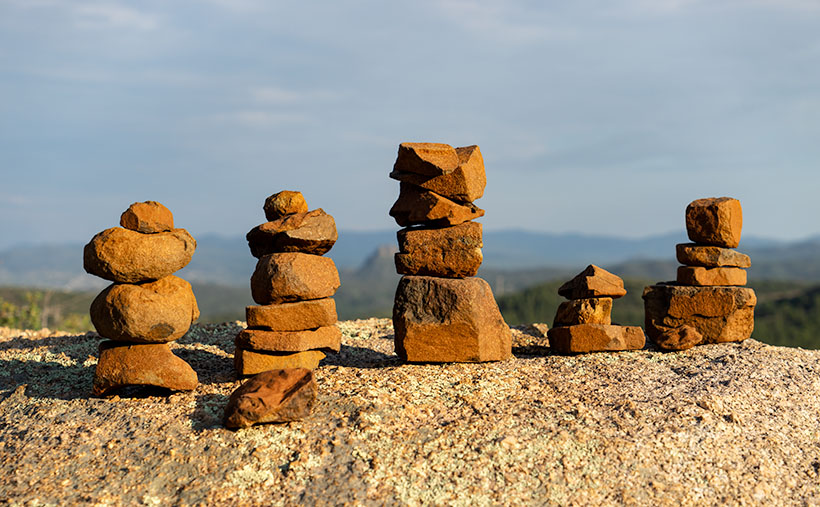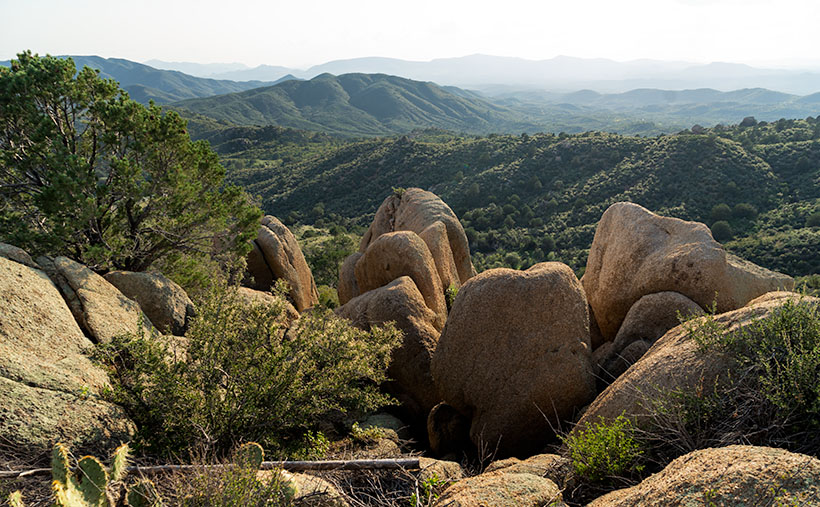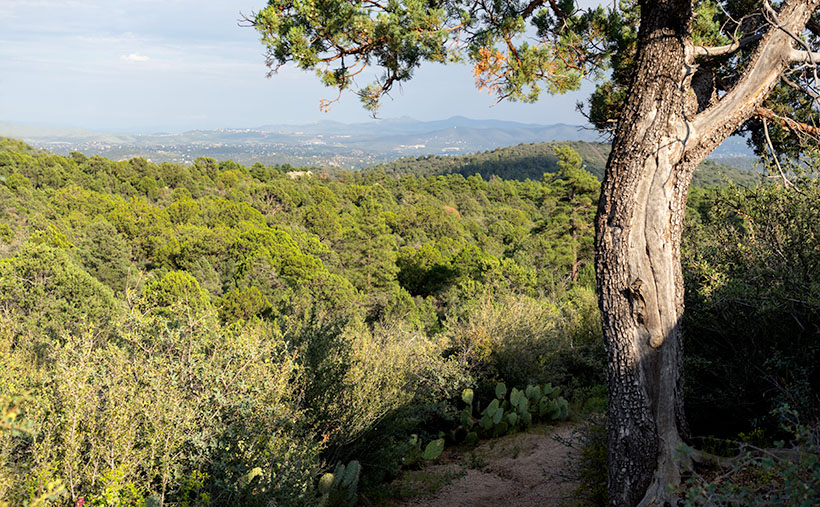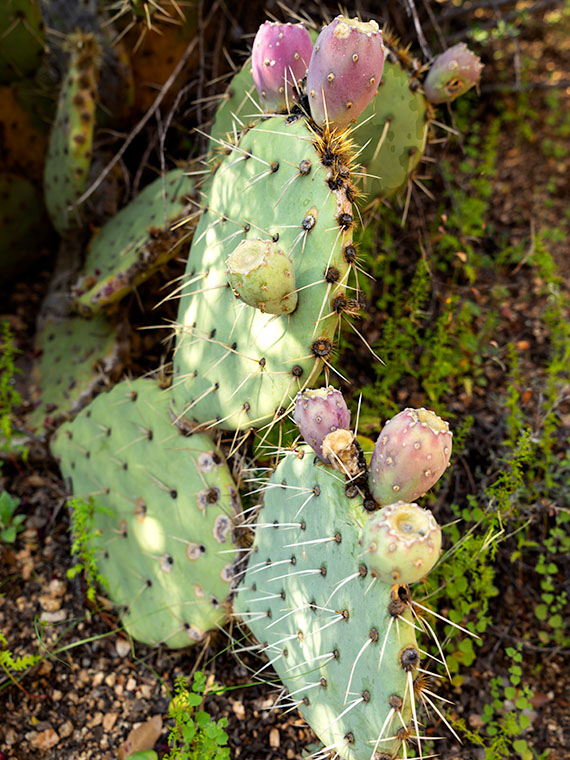Most of our photo outings are day trips, but when we go too far away, we spend the night with the Patels. That means eating on the road. Usually, dinner out, and If the motel doesn’t provide waffles, then breakfast too. That was the case on our recent Williams trip.
My default reference is Trip Advisor to find a decent place to eat. I’ve even contributed a couple of reviews. When I looked up a place for dinner in Williams, their top-rated restaurant was the Red Raven. With a bit of effort and a couple of mouse clicks, I pulled up their dinner menu on my screen. Right off the top, I found two dishes that I enjoy listed under house specialties; Filet Oscar and Grilled Duck Breast (I’d order duck more often, but when I do, Anne—in her best Daffy Duck voice—says, “Thatssh Dishspickable.”). With items like that on the menu, we had dinner sorted before we jumped into Archie.
Ambiance
The first unusual thing was at Red Raven’s front door. It was locked with a note above a doorbell that read, “Please Ring for Service.” After you ring—sometimes twice—a hostess greets you outside. I don’t know if this is their standard modus operandi or a Covid 19 thing, but it works well. After your greeter politely asks a couple of questions—party number, reservations—they find a table and usher you inside. Right away, you see that although the ceiling is above the two-story arched windows, it’s a small room with a limited number of tables. Managing the door this way reduces unnecessary tourist traffic—like people wanting to use the bathroom.
The dining room takes up the entire width of the brick building, and the tables are spaced apart in three rows. The wall bottoms are wainscoted with a pleasant green beadboard. The plastered walls above the chair-rail are painted a soft yellow—buttercup or custard if you’re into that sort of thing. High and well out of reach is a plate rail with china and other trinkets tastefully displayed. The hanging artwork resembles a Pairs bistro. Missing from the décor are novelty signs with folksy sayings, and there isn’t a single TV anywhere. Once you’re seated at your table, you’ll notice that the staff is all women. The waitresses wear classic French bistro aprons, and the hostess is the manager doing double duty.
Menu
The menu provides several choices for appetizers, salads, specialties, grilled entrees, and plates of pasta. Their wine list is impressive for a small place. It includes several choices for each grape varietal, so it covers several pages. They have a good selection of beer on tap, including some from the local Williams craft brewery.
I was first attracted to the Filet Oscar. Traditionally it’s a veal dish topped with crab meat, asparagus, and béarnaise sauce. Veal has become persona-non-grata these days, so the chef substituted beef filet in its place. It’s been years since I’ve had any version of Oscar, but then I saw the price. Knowing that we needed gas money to get home, I ordered a New York strip with a side of béarnaise instead. I like to compare with my own. From the list of sides, I chose a couple of things I’ve never had; Southwest Pilaf and Tempura battered Broccolini. Anne also went with a New York strip but smothered hers with mushrooms in a Worcestershire and white wine sauce accompanied with mashed potatoes and vegetables.
Our Meals
Anne started with a house salad and vinaigrette dressing. It looked green and fresh. I had the daily soup, which they called Hot Italian Sausage and Vegetable puree. I’m familiar with the Italian Wedding version with a clear broth, but this looked like a lumpy split pea. It didn’t taste like that. The sausage was spicy, and the creamy puree was delicious. I soon annoyed the rest of the guests with my slurping and spoon, trying to scrape every drop out of the bowl.
Next, the mains came out looking appetizing on the plate. Our 8oz steaks were cut in European style—sliced thin with all of the fat trimmed off—more like a cutlet than a chop. I prefer my steaks twice as thick because thinner cuts are often overcooked. Not a problem here. The chef grilled both our steaks a perfect medium-rare. They had good flavor but sadly was a bit on the tough side. I enjoyed the sauce, which was very tangy, just like I make mine. If I had a gripe, it would be with the pilaf. Calling a dish Southwest means that it ran into a jalapeno at least once. My serving was simple pilaf. Anne said that her steak was as she ordered it, but she thought the potatoes were loose.
I usually skip dessert, but Anne insisted on a menu. The Queen picks her deserts by how many times the word chocolate appears in the description. She found one. Chocolate, on top of chocolate, wrapped in chocolate, then run over with a chocolate truck. There was enough cocoa to satiate her because she let me have a bite and took leftovers home in a box.
Conclusion
I can’t entirely agree with rating a restaurant with stars or forks. It’s an obscure concept and doesn’t translate into real-world experiences (especially if it’s an unknown review, like me), so I will do something different. There are no Michelin Star restaurants in Arizona, but we’ve been lucky enough to dine at a few in San Francisco. Nominating a place for a Michelin Star will be my high bar. At the scales other ends, I’m want to use a well-known but mediocre restaurant. I’m using Applebee’s for this review because we’ve all eaten there, and I’ll go to Applebee’s again if there’s nothing better. To me, Applebee’s is … meh!
So, I think that the Red Raven is a few notches above our standard because of its atmosphere, imaginative menus, preparation (the food is cooked in-house), taste, and service. It is not at the Michelin level (yet?), and I agree with the Trip Advisor reviewers. With some improvements, we could stop qualifying our recommendations by saying: “It’s a great restaurant—for Williams.”
Until next time — jw
Red Raven – lunch till 2:00 dinner starts a 5:00.
